Home>Ideas and Tips>How To Choose The Right Roofing Material For Your Climate
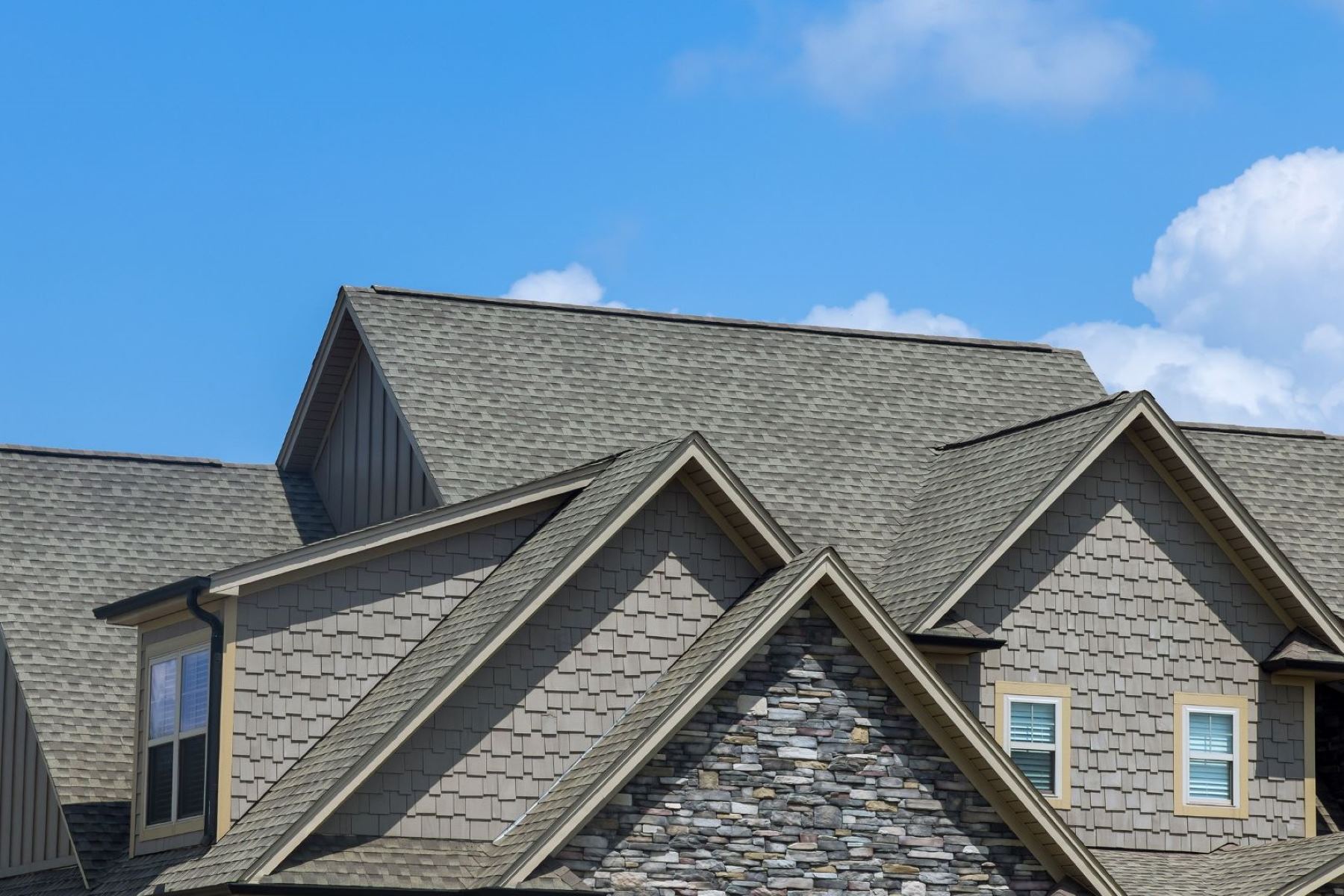

Ideas and Tips
How To Choose The Right Roofing Material For Your Climate
Published: September 26, 2024
Discover how to choose the best roofing material for your climate, ensuring durability and efficiency for your home. Learn more in our comprehensive guide.
(Many of the links in this article redirect to a specific reviewed product. Your purchase of these products through affiliate links helps to generate commission for Storables.com, at no extra cost. Learn more)
Choosing the right roofing material for your climate is crucial for the longevity and functionality of your home. The climate in which you live plays a vital role in determining the best roofing material for your home. Different climates present unique challenges, such as temperature fluctuations, humidity levels, precipitation patterns, wind speeds, and sunlight exposure. Each of these factors can significantly impact the durability and functionality of your roof. In this article, we will delve into how to select the best roofing material based on your climate.
Understanding Your Climate
Before diving into the specifics of roofing materials, it is essential to understand how climate affects their performance. Different climates present different challenges for roofs. For instance, regions with high temperatures and humidity require materials that can resist heat and moisture, while areas with harsh winters and heavy snowfall need materials that can withstand freezing temperatures and snow load.
When considering your climate, take note of the following factors:
- Temperature Range: The average temperature range throughout the year can influence the choice of roofing material. For example, regions with extreme temperature fluctuations may require materials that can expand and contract without compromising their integrity.
- Humidity Levels: High humidity can lead to moisture accumulation on the roof, which may necessitate materials resistant to water damage.
- Precipitation Patterns: Areas with heavy rainfall or snowfall need materials that can handle water weight and prevent leaks.
- Wind Speeds: Regions prone to high winds require securely fastened materials that won’t easily uplift.
- Sunlight Exposure: Materials resistant to UV rays are crucial in sunny regions to prevent degradation over time.
By understanding these climate factors, you can make an informed decision when selecting a roofing material.
Roofing Materials for Different Climates
Warm and Humid Climates
In regions that experience high temperatures and humidity, tile roofing is a top choice. Tile roofing is known for its ability to resist damage from salty air, making it ideal for coastal regions. The tiles could be made of clay, ceramic, or concrete and are durable enough to withstand the harsh conditions of warm and humid climates. Additionally, tile roofing provides natural thermal resistance, which means homes in these regions can remain cooler without excessive air conditioning usage. However, tile roofing is heavy and may require additional structural support to ensure stability.
Cold Climates
If you live in a region with harsh winters and lots of snow, metal roofing is your best bet. Snow slides off metal roofs with ease, preventing ice dams. Metal roofs are also fire-resistant and can reflect solar radiant heat, helping homes stay cooler in the summer and warmer in the winter. These roofs are durable and long-lasting but may not be the best choice for areas with extreme temperature fluctuations.
Windy Areas
For areas prone to high winds and storms, asphalt shingles offer wind resistance and versatility. When installed with the proper technique, these shingles can resist winds up to 130 mph. They are also affordable and come in a variety of colors and styles to suit any home’s aesthetic. However, asphalt shingles may not be as durable as other materials in extreme weather conditions.
Rainy Regions
Constant exposure to rain can wear down roofing materials faster than you’d expect. For climates with heavy rainfall, rubber roofing or EPDM (ethylene propylene diene monomer) roofing is recommended. Rubber roofing is waterproof, low-maintenance, and eco-friendly. It has a longer lifespan compared to some other materials, ensuring your roof remains protected even during persistent rains.
Dry and Hot Climates
For those in arid and hot regions, the goal is to reflect as much sunlight and heat as possible. Cool roofs are designed to do just that. These roofs have high solar reflectance and thermal emittance, meaning they reflect the sun’s rays and emit absorbed heat back into the atmosphere. As a result, they help in keeping the indoors cooler, reducing the need for air conditioning and cutting down energy costs.
Mixed Climates
If you’re in an area that experiences a mix of all four seasons, slate roofing is a durable and elegant option. Slate is resistant to both fire and rot and can last for over a century if maintained properly. Additionally, slate’s natural appearance adds a touch of sophistication to any home.
Areas Prone To Wildfires
Regions prone to wildfires require roofing materials that can resist flying embers and direct contact with flames. Fiber-cement tiles are made from a blend of cement, sand, and cellulose fibers. These tiles are non-combustible, making them an ideal choice for such high-risk areas. They are also resistant to rot, termites, and UV rays, ensuring longevity and less maintenance.
Specific Roofing Materials
Metal Roofing
Metal roofing materials are becoming increasingly popular due to their durability and long lifespan. They’re available in different styles such as standing seam, corrugated, and metal tiles. Metal roofs are ideal for areas with high winds and heavy rainfall because they can withstand strong gusts and are resistant to water damage. They’re also resistant to fire, mildew, and insects. However, metal roofs may not be the best choice for areas with extreme temperature fluctuations as they can expand and contract significantly.
Clay Tiles
Clay tiles are ideal for areas with hot and dry climates. They’re made from natural clay that has been fired and glazed to create a waterproof, durable, and attractive roofing option. Clay tiles are resistant to fire, insects, and rot but can be brittle and may not be the best choice for areas with hail or heavy snowfall.
Slate
Slate is one of the most durable roofing materials available. It’s naturally waterproof, fire-resistant, and can last up to 100 years if properly maintained. Slate is also resistant to insects and rot but is one of the most expensive roofing options available. It may not be the best choice for areas with strong winds and hail due to its weight and potential for damage.
Green Roofs
Green roofs are becoming increasingly popular among environmentally-conscious individuals and businesses. These roofs are covered with vegetation and provide insulation for your building. They also have a longer lifespan than traditional roofing materials but may not be the best choice for areas with extreme weather conditions such as heavy snowfall.
Considerations for Maintenance and Longevity
When choosing a roofing material, it is important to consider the maintenance requirements and longevity of each option in relation to your climate. Some materials may require more frequent inspections, cleanings, or repairs to ensure their optimal performance.
Different roofing materials have varying lifespans:
- Metal Roofing: Can last up to 50 years or more.
- Clay Tiles: Can last up to 50 years or more.
- Slate: Can last up to 100 years or more.
- Asphalt Shingles: Typically last between 20-30 years.
- Rubber Roofing: Can last up to 30 years or more.
Take into account the durability and expected lifespan of each material to make an informed decision.
Conclusion
Choosing the right roofing material for your climate is crucial for the longevity and functionality of your roof. By considering the specific environmental conditions of your area, you can select a material that can withstand the challenges posed by your climate. Remember that consulting with roofing professionals is always recommended to get personalized advice tailored to your specific needs. They can assess your climate, evaluate your budget, and recommend the best roofing material for your home or building.
In conclusion, take the time to research and understand the advantages and disadvantages of each roofing material in relation to your climate. By making an informed decision, you can ensure a durable and suitable roofing solution that will protect your property for years to come.
Additional Tips
-
Budget Considerations: While it may be tempting to go for the cheapest option, remember that cheaper materials may require more frequent replacements or repairs. Investing in a higher-quality material upfront can save you money in the long run.
-
Local Building Codes: Ensure that the roofing material you choose complies with local building codes and regulations. This will help avoid any potential legal issues or fines.
-
Professional Installation: Proper installation is key to ensuring the longevity of your roof. Hire a professional who has experience with the specific material you choose.
-
Regular Maintenance: Regular inspections and maintenance can extend the life of your roof. Make sure to clean debris off the roof regularly and inspect for any signs of damage.
-
Energy Efficiency: Consider energy-efficient options like cool roofs if you live in a hot climate. These roofs can help reduce energy costs by reflecting sunlight and heat.
By following these guidelines and considering your specific climate, you can make an informed decision when selecting the right roofing material for your home. Remember, a well-chosen roof is an investment that pays dividends in protection, energy efficiency, and home value.
Was this page helpful?
At Storables.com, we guarantee accurate and reliable information. Our content, validated by Expert Board Contributors, is crafted following stringent Editorial Policies. We're committed to providing you with well-researched, expert-backed insights for all your informational needs.
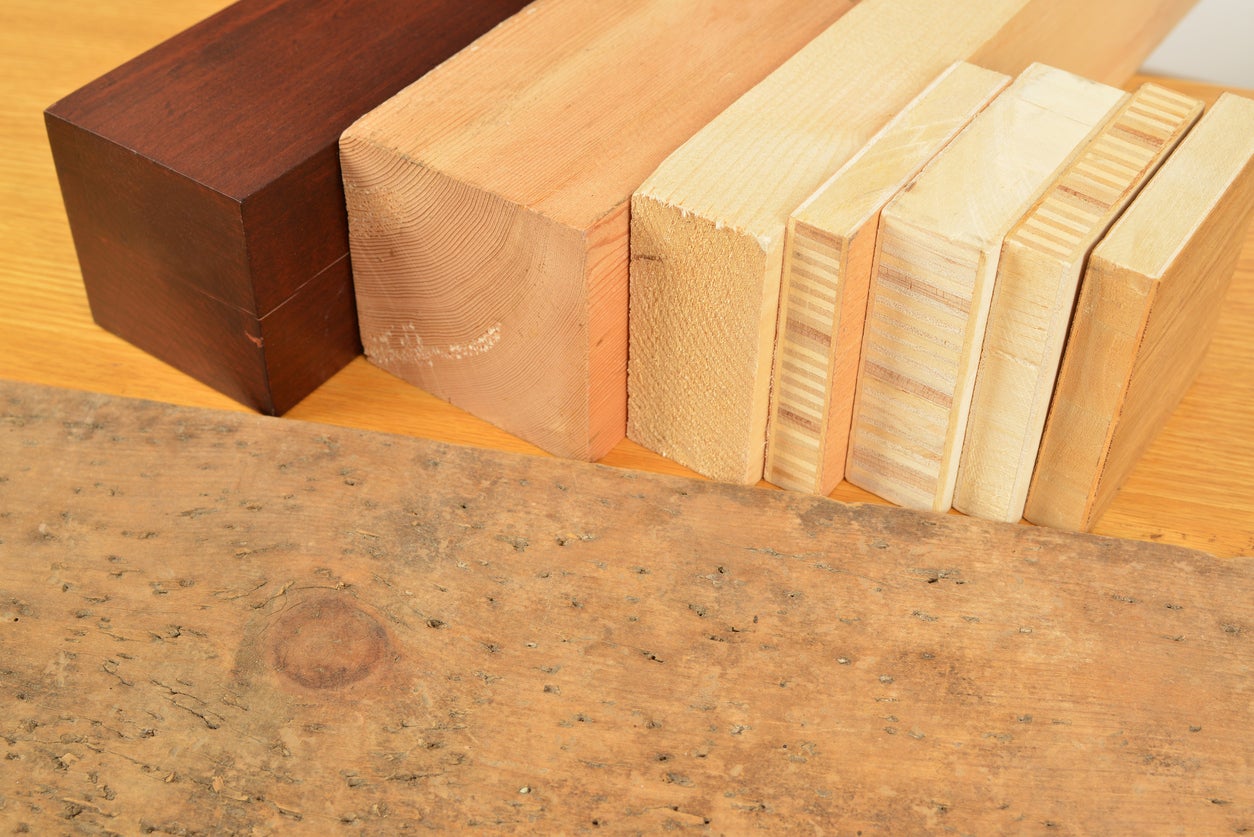

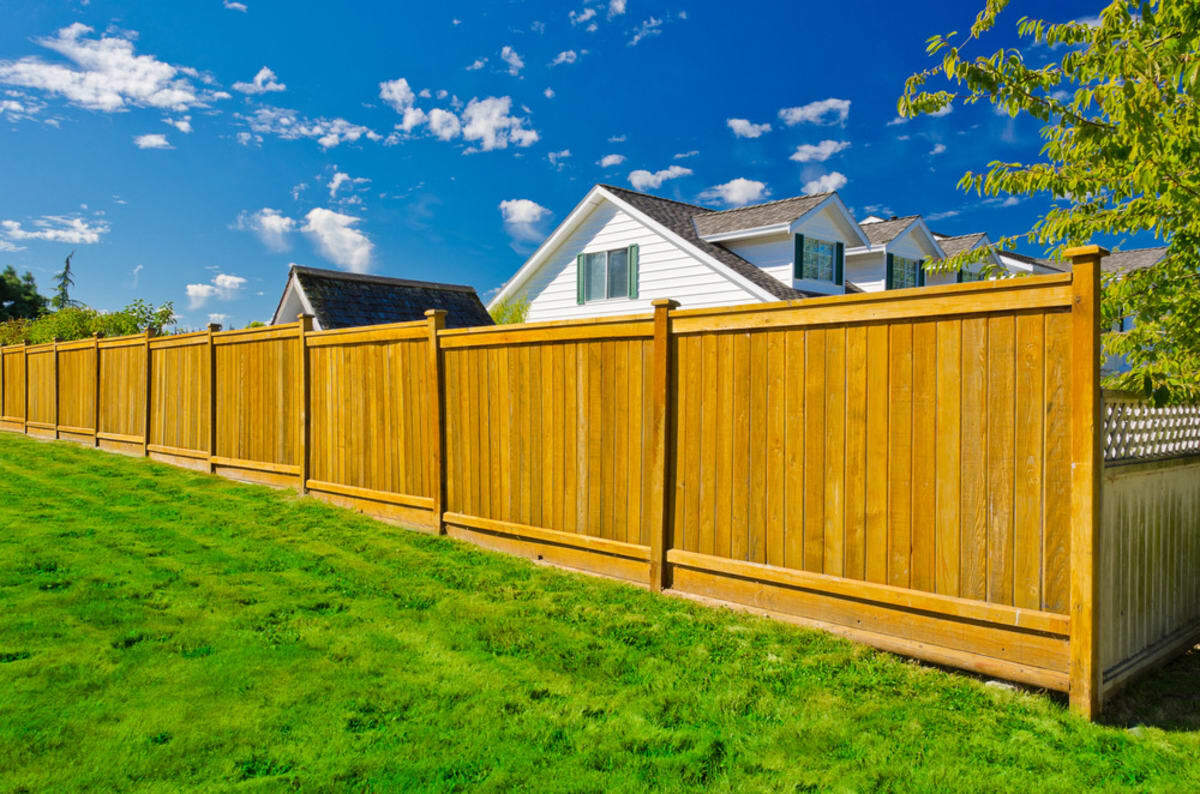
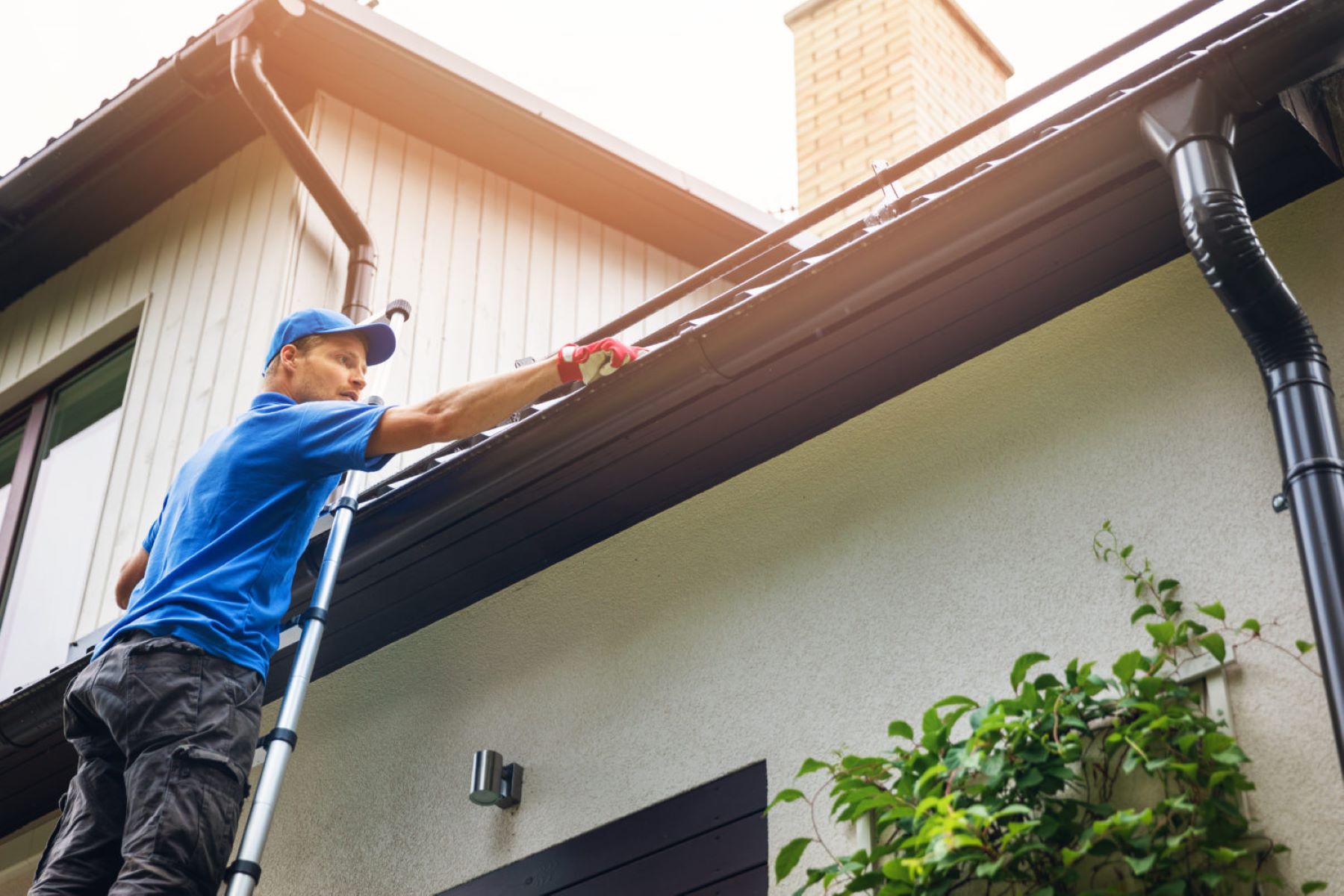
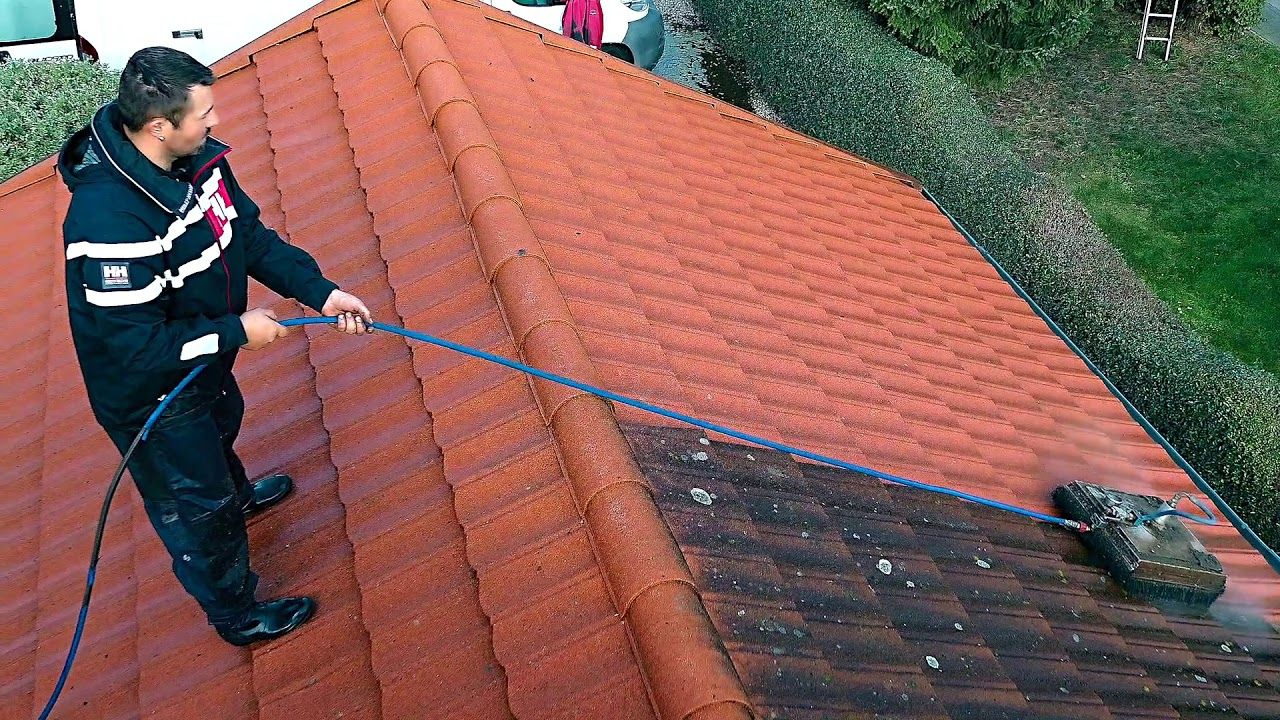
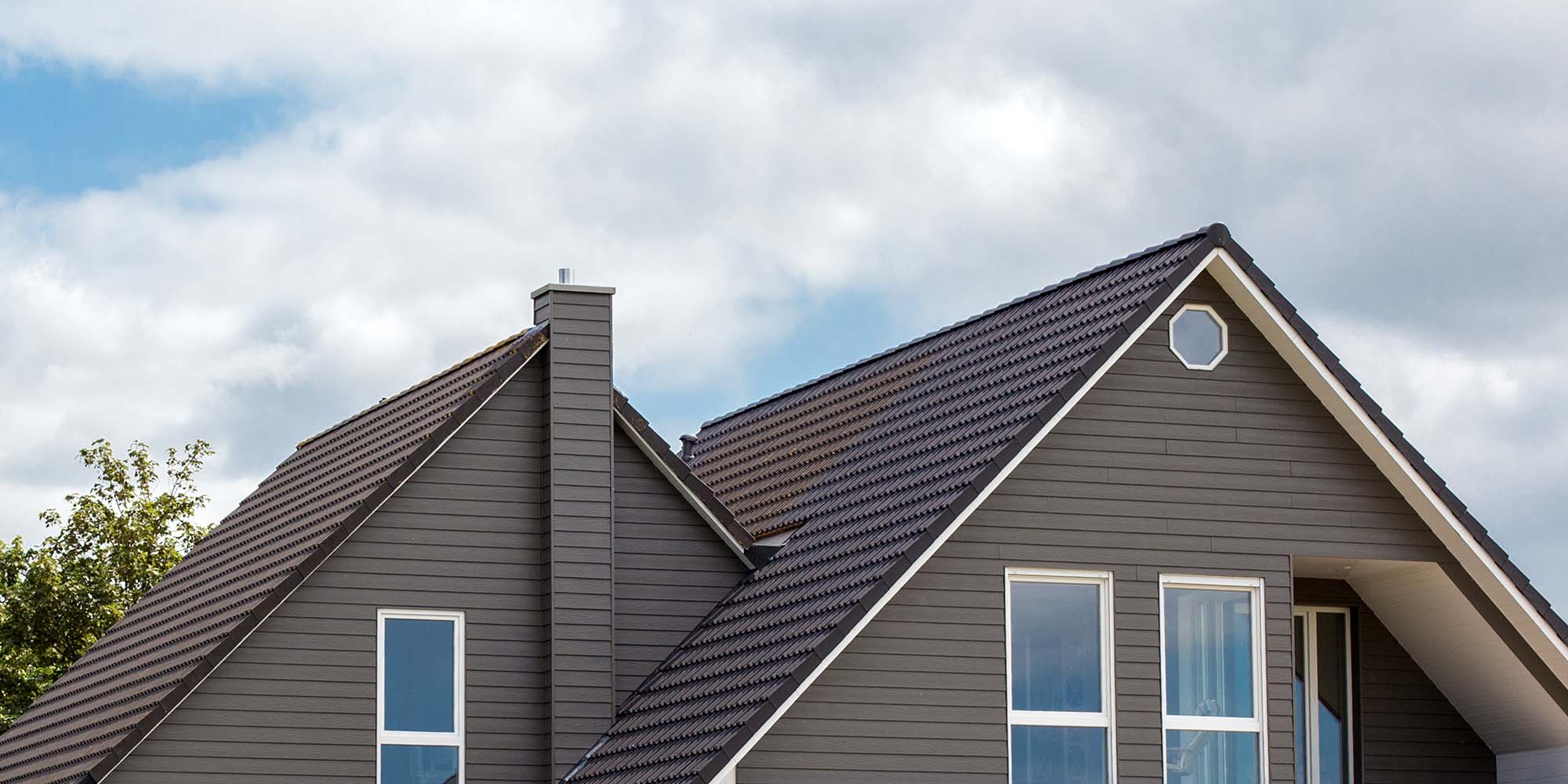
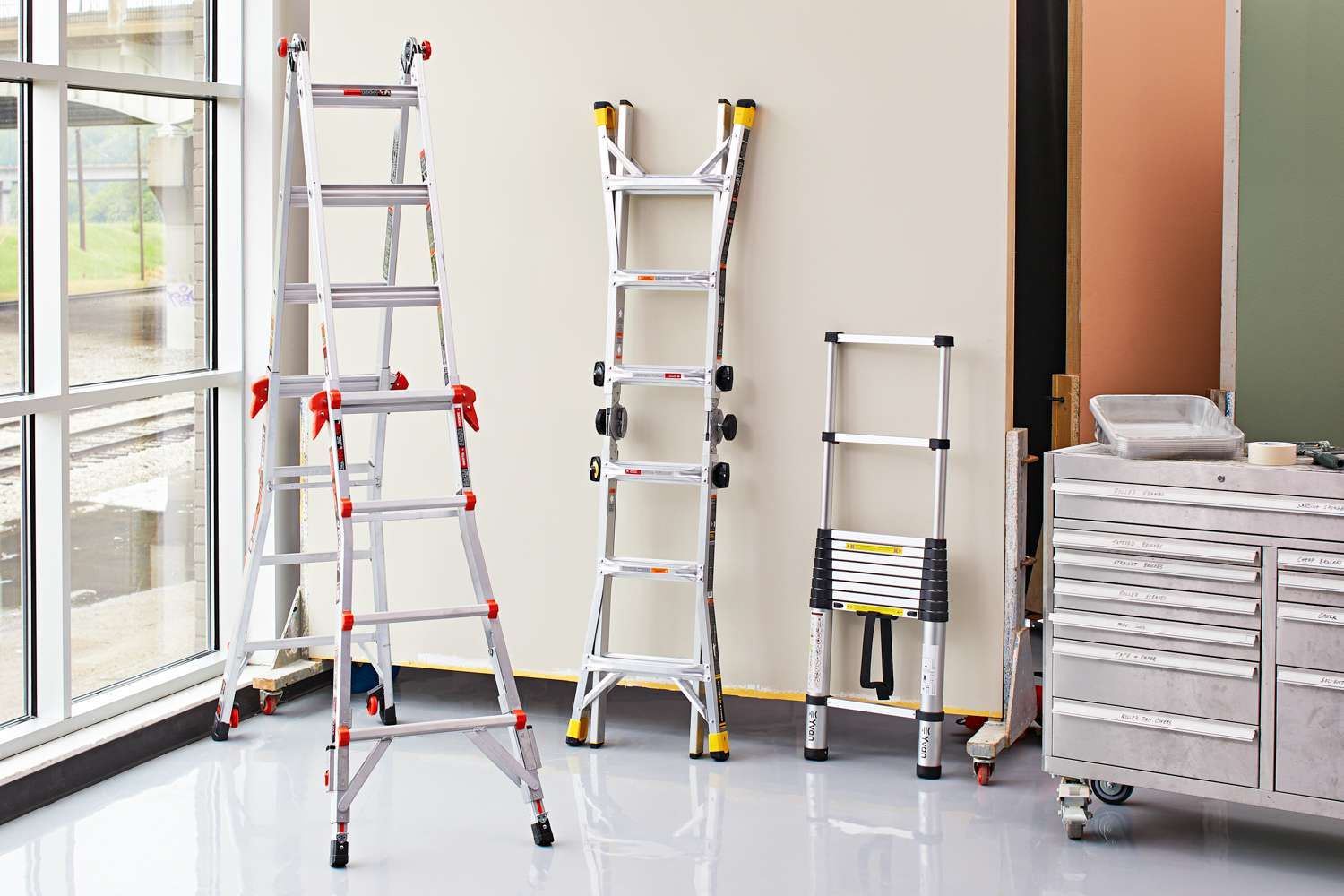

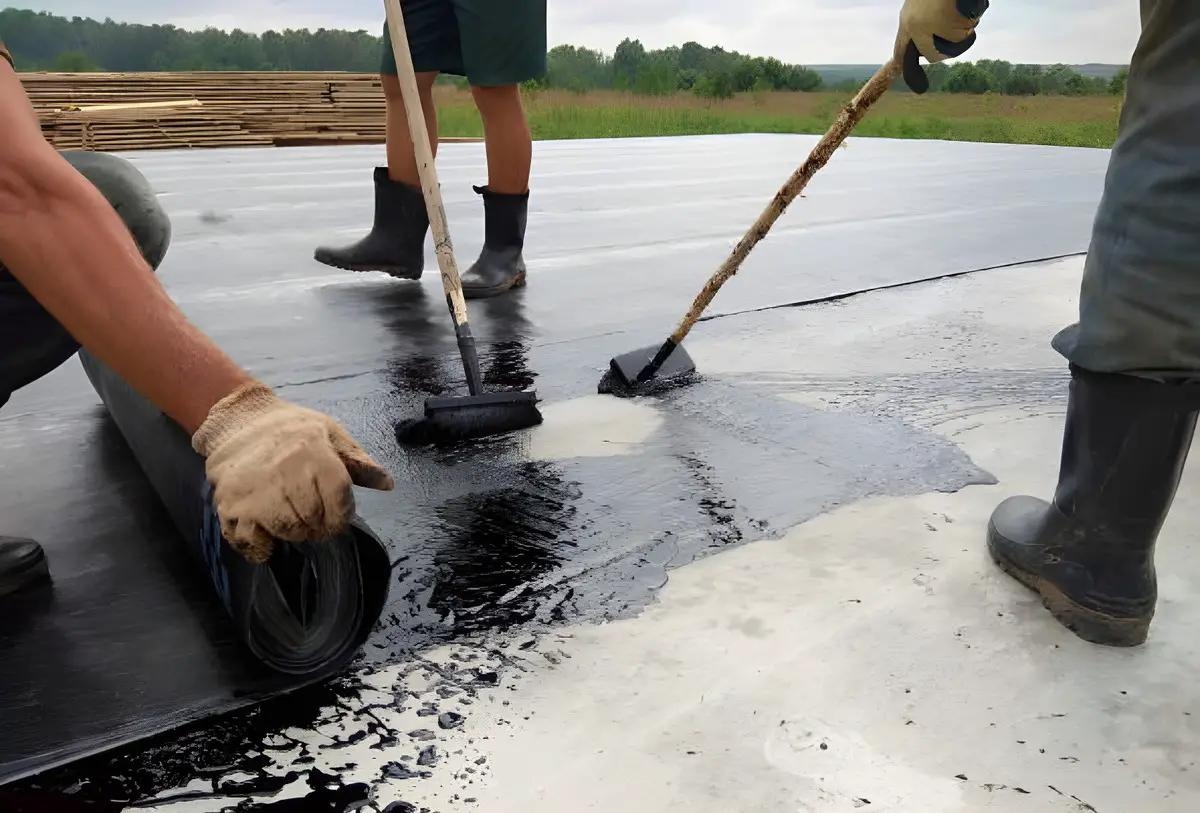
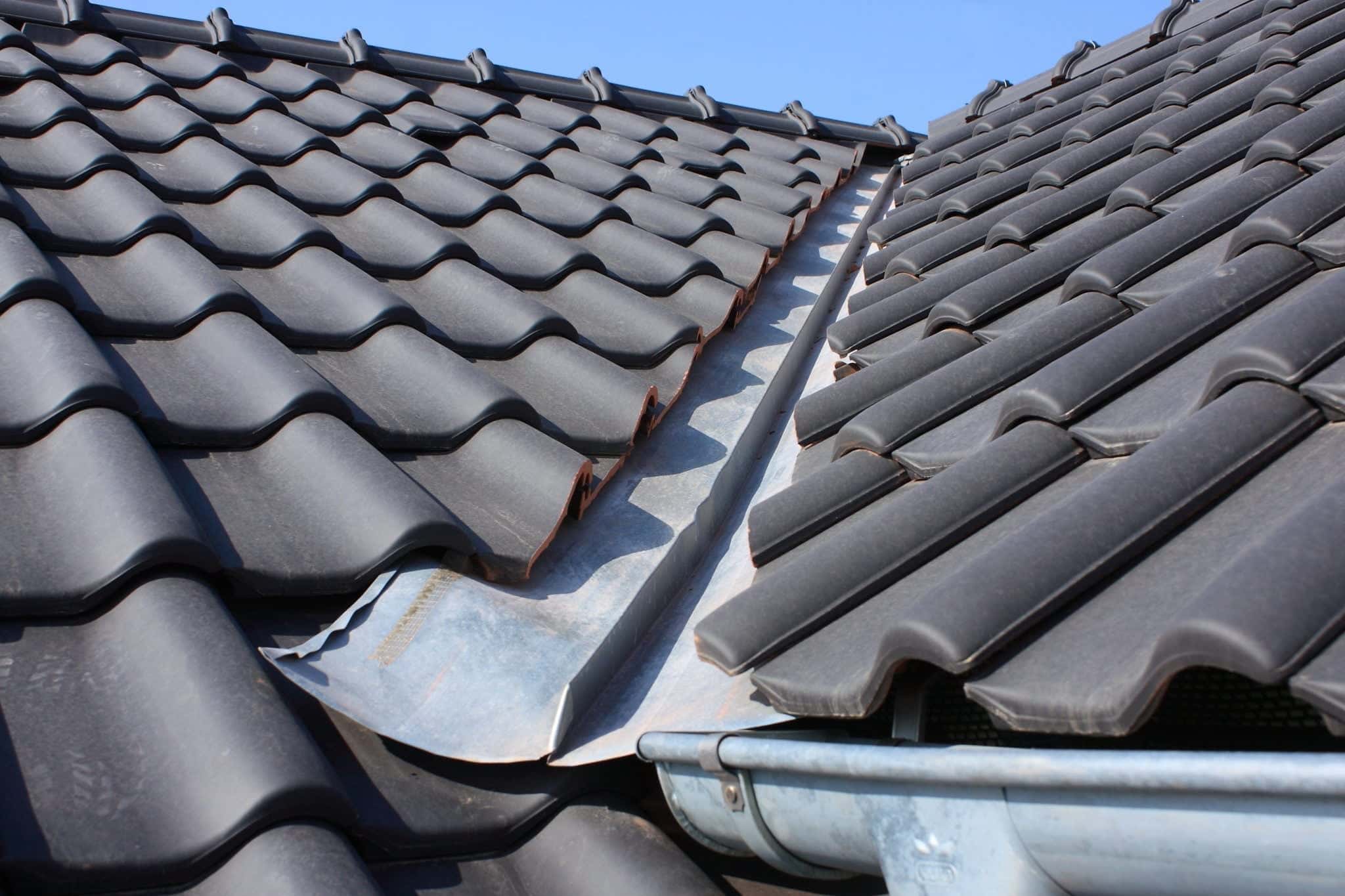
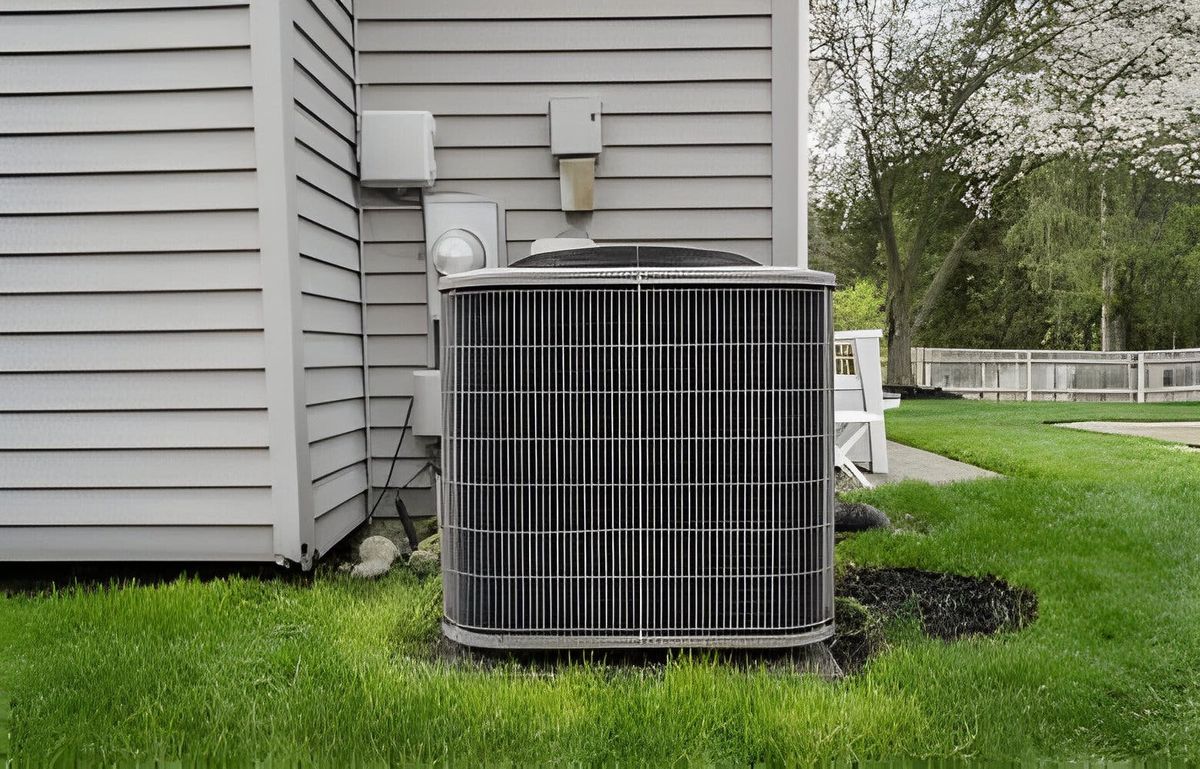
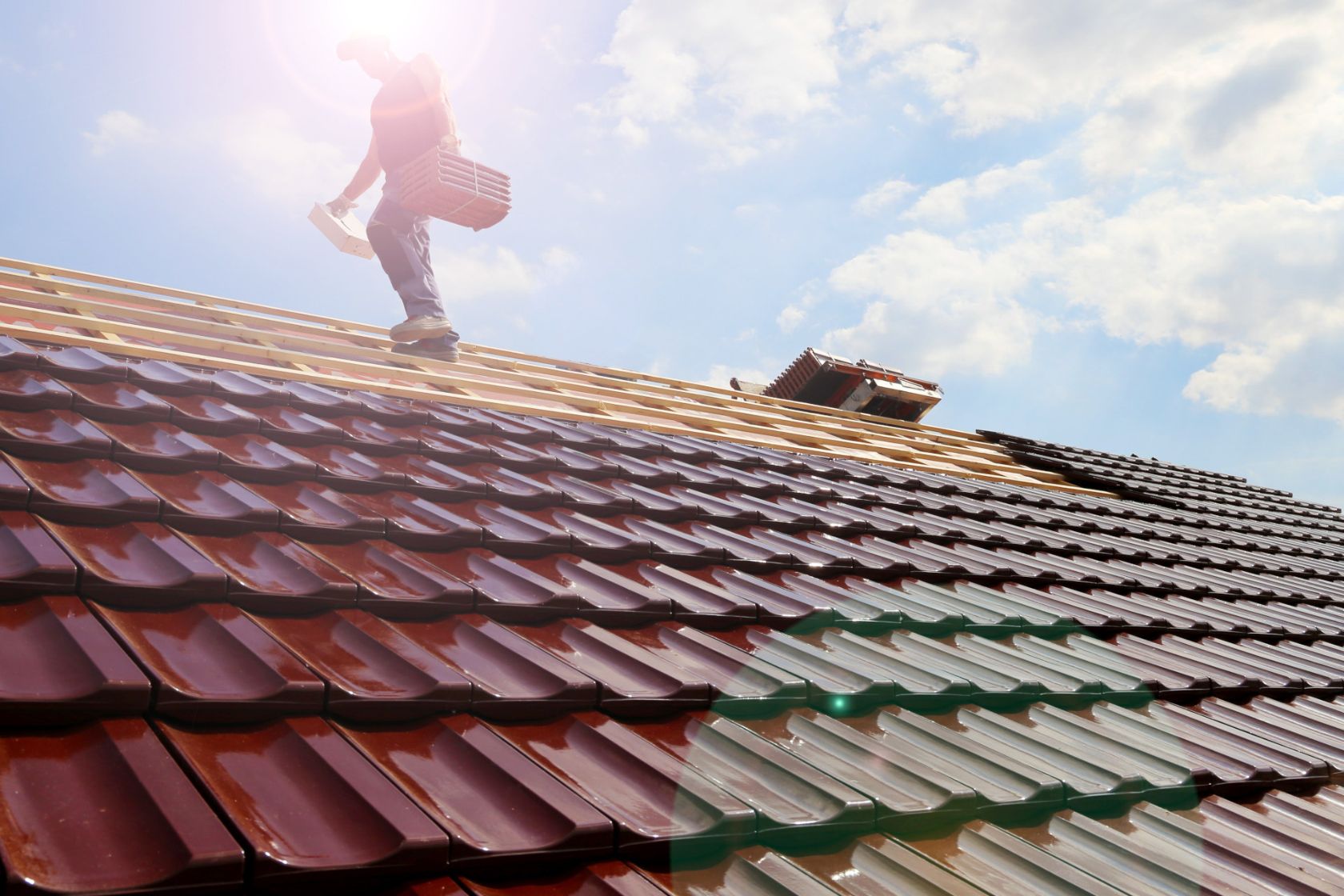

0 thoughts on “How To Choose The Right Roofing Material For Your Climate”